He Jiankui, who went to prison for three years for making the world’s first gene-edited babies, talked to MIT Technology Review about his new research plans.


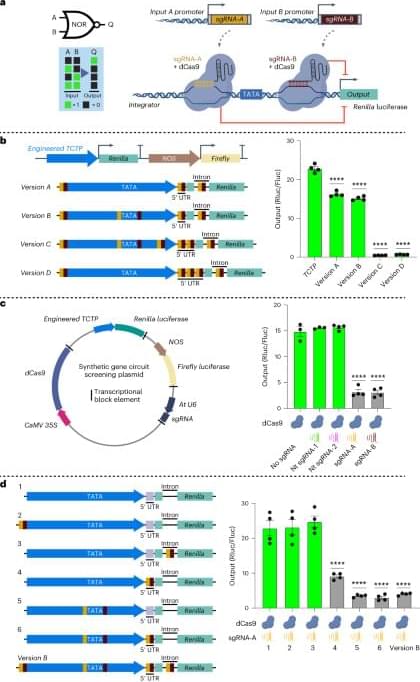

In a collaboration with EPFL Lausanne, ETH Zurich and the University of Southern California researchers at the Paul Scherrer Institute PSI have used X-rays to look inside a microchip with higher precision than ever before. The image resolution of 4 nanometers marks a new world record. The high-resolution three-dimensional images of the type they produced will enable advances in both information technology and the life sciences.
The researchers are reporting their findings in the current issue of the journal Nature (“High-performance 4 nm resolution X-ray tomography using burst ptychography”).
View inside a state-of-the-art computer chip. Their newly developed ptychographic technique allowed the researchers to map the three-dimensional structure of this engineering marvel. The picture shows the different layers that make up the microchip. The coarser structures can be seen at the top. The microchip becomes increasingly complex as you move down through the layers – making the connections there visible requires a resolution of just a few nanometers. (Image: Tomas Aidukas, Paul Scherrer Institute)
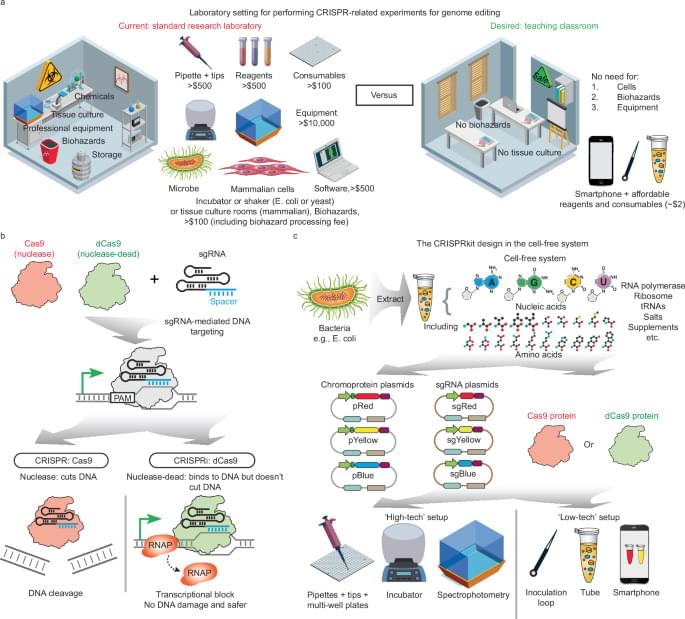
Equitable and accessible education in life sciences, bioengineering, and synthetic biology is crucial for training the next generation of scientists. Here the authors present the CRISPRkit, a cost-effective educational tool that enables high school students to perform CRISPR experiments affordably and safely without prior experience, using smartphone-based quantification and an automated algorithm for data analysis.
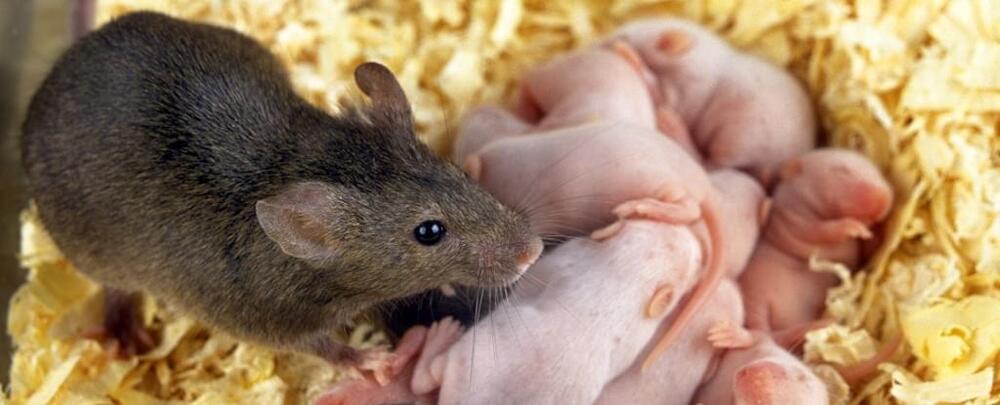
At the mere flick of a magnetic field, mice engineered with nanoparticle-activated ‘switches’ inside their brains were driven to feed, socialize, and act like clucky new mothers in an experiment designed to test an innovative research tool.
While ’mind control’ animal experiments are far from new, they have generally relied on cumbersome electrodes tethering the subject to an external system, which not only requires invasive surgery but also sets limits on how freely the test subject can move about.
In what is claimed to be a breakthrough in neurology, researchers from the Institute for Basic Science (IBS) in Korea have developed a method for targeting pathways in the brain using a combination of genetics, nanoparticles, and magnetic fields.
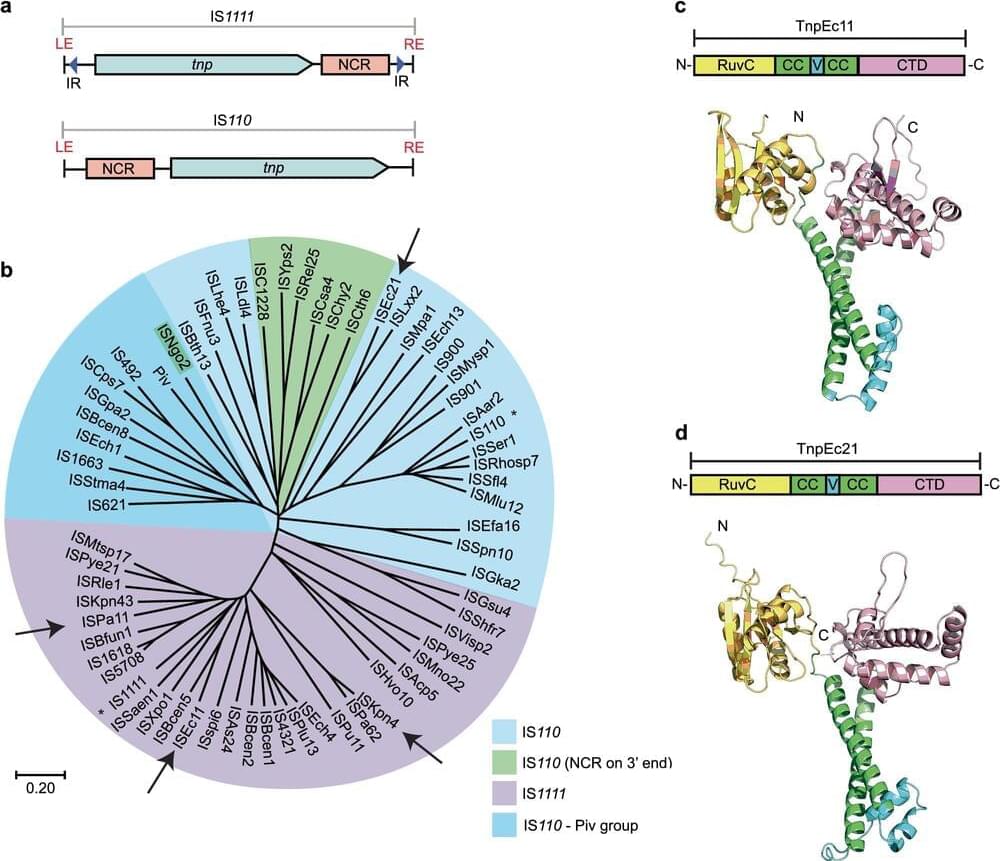
Scientists at the University of Sydney have developed a gene-editing tool with greater accuracy and flexibility than the industry standard, CRISPR, which has revolutionized genetic engineering in medicine, agriculture and biotechnology.
SeekRNA uses a programmable ribonucleic acid (RNA) strand that can directly identify sites for insertion in genetic sequences, simplifying the editing process and reducing errors.
The new gene-editing tool is being developed by a team led by Dr. Sandro Ataide in the School of Life and Environmental Sciences. Their findings have been published in Nature Communications.
“Bridge recombination can universally modify genetic material through sequence-specific insertion, excision, inversion, and more, enabling a word processor for the living genome beyond CRISPR,” said Berkeley’s Patrick Hsu, a senior author of one of the studies and Arc Institute core investigator, in a press release.
CRISPR Coup
Scientists first discovered CRISPR in bacteria defending themselves against viruses. In nature, a Cas9 protein pairs with an RNA guide molecule to seek out viral DNA and, when located, chop it up. Researchers learned to reengineer this system to seek out any DNA sequence, including sequences found in human genomes, and break the DNA strands at those locations. The natural machinery of the cell then repairs these breaks, sometimes using a provided strand of DNA.
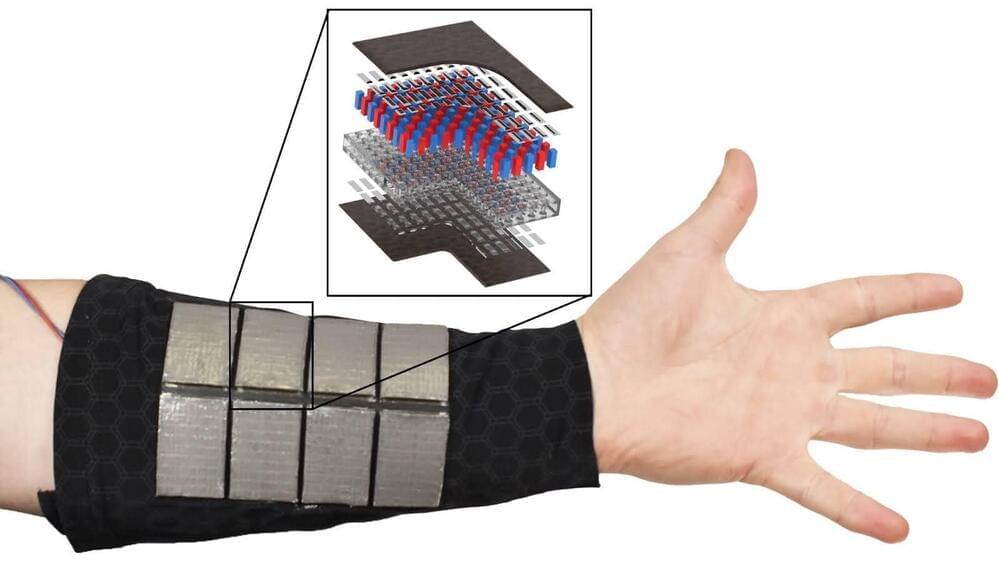
In the age of technology everywhere, we are all too familiar with the inconvenience of a dead battery. But for those relying on a wearable health care device to monitor glucose, reduce tremors, or even track heart function, taking time to recharge can pose a big risk.
For the first time, researchers in Carnegie Mellon University’s Department of Mechanical Engineering have shown that a health care device can be powered using body heat alone. By combining a pulse oximetry sensor with a flexible, stretchable, wearable thermoelectric energy generator composed of liquid metal, semiconductors, and 3D printed rubber, the team has introduced a promising way to address battery life concerns.
“This is the first step towards battery-free wearable electronics,” said Mason Zadan, Ph.D. candidate and first author of the research published in Advanced Functional Materials.


Spider spidroin revives the silken splendor.
In their quest to make silk powerful again, not by status but rather by thread strength, scientists turned to an arachnoid. Dragline silk, the thread by which the spider hangs itself from the web, is one of the strongest fibers; its tensile strength—a measure of how much a polymer deforms when strained—is almost thrice that of silkworm silk.2
Beyond durable fashion garments, tough silk fibers are coveted in parachutes, military protective gear, and automobile safety belts, among other applications, so scientists are keen to pull on these threads. While traditional silk production relies on sericulture, arachnophobes can relax: spider farms are not a thing.